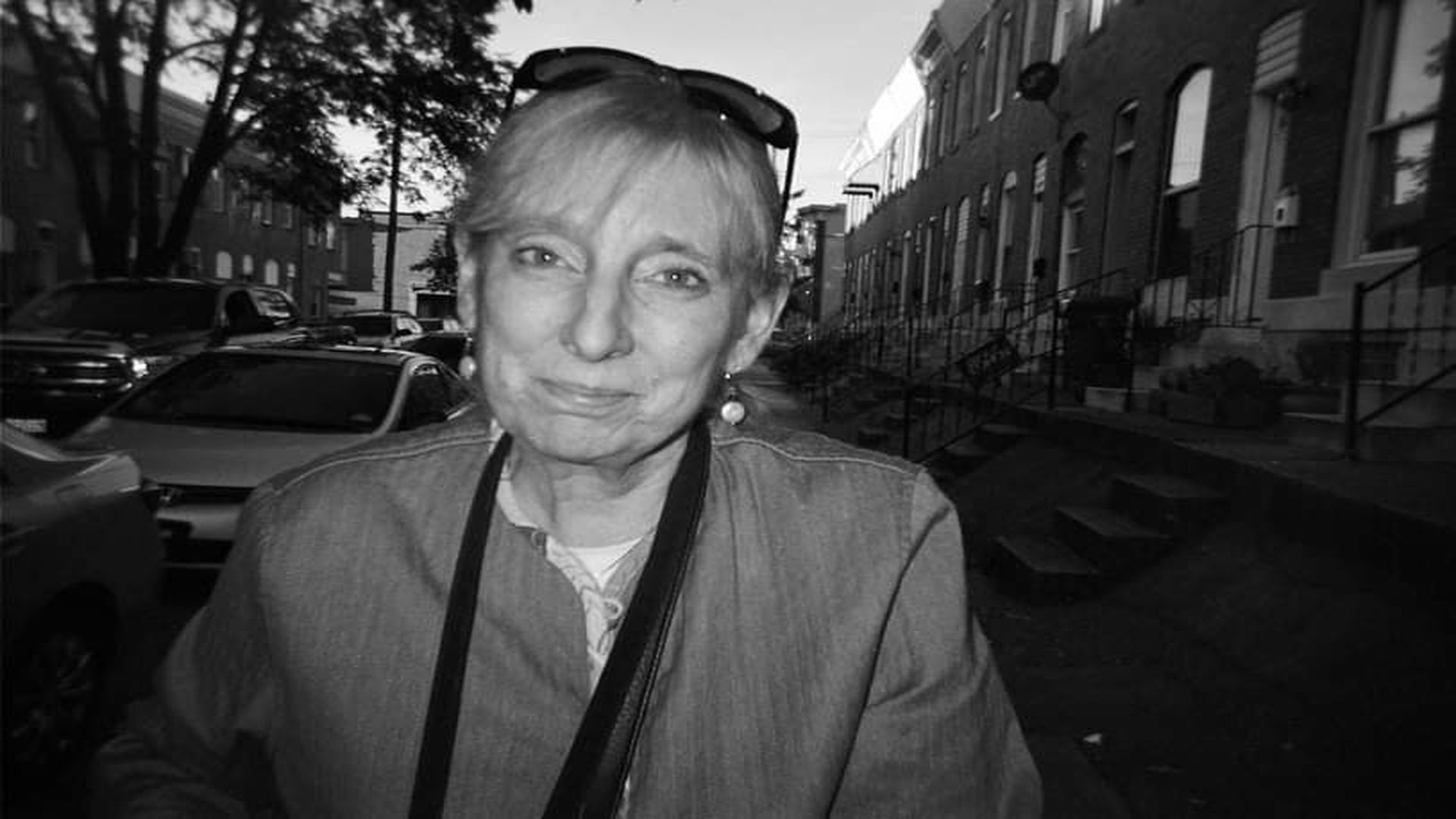One Marylander Has Lost SNAP But Not Hope: Meet Susan G.

What Happens When a Giver Finds Themselves in Need?
Sixty-nine-year-old Susan Getka is currently living in temporary housing in Aberdeen and faces new trials at a time where she should be enjoying retirement.
After working several years in various retail roles, including a stint as a store manager for Barnes & Noble, Susan’s life took an unexpected turn. When her brother’s challenges with mental illness became too much for him to cope with and he became unable to provide for himself, Susan left her career to become his primary caregiver, assisting him with virtually everything, including finding food.
And when her brother passed in 2015, Susan found it difficult to return to the workforce, and continued visiting the same food pantries that had offered relief to her brother.
“It was tough. I was getting older, and less physically able to work certain jobs. I had a car, but it needed a new transmission. I couldn’t afford it, so I sold the car, and that was the beginning of my boots on the ground journey,” Susan said.
Susan leaned on a support network of not only local food pantries, but family and close friends, who would allow her to stay with them on a temporary basis until she could find stable housing.
“I have been looking for affordable senior housing for quite some time, and it just isn’t available. There are years-long waitlists, and everyone wants you to give them a permanent address for correspondence, but I am technically homeless; what am I supposed to do?” she continued.
SNAP in the Time of COVID
And then COVID struck in 2020. While the pandemic certainly exacerbated her living situation—housing waitlists increased, and the once open-armed friends and family were less welcoming—there was one silver lining: an increase in SNAP benefits.
“My social security funds were very limited, so the increase in SNAP was a literal lifesaver. I’m not sure what I would have done without it!” Susan shared.
But as with eviction moratoriums, utility bill protection, and some tax credits, relief programs that were scaled up to meet the incredible need that COVID brought about, pandemic-era SNAP increases expired on February 28, 2023.
“Even though I feel lucky to get anything from SNAP, my benefits are plummeting to $23, and it’s just devastating—so, with Social Security, I’m at $1,140 plus $23 of food stamps, and they think that’s supposed to be a living wage for a senior citizen?”
When considering how she is going to get by, some quick math frustrates Susan even further. “It’s so stressful, trying to figure things out. If I am only getting $23 a month, can I really spend $20 on a Lyft ride to and from a pantry?”
But Susan draws on experience for strength. “I made it before the pandemic, and I can do it again, but it gets harder as I get older, and I need more people.”
And Susan is finding people to talk to, to share her experiences, to learn from others, and to help find solutions on Facebook.
“So I started with posting pictures of dogs, but now it is a place to share, to learn, and to maybe even help others,” Susan said.
Web Surfing Led to the Speakers Bureau
And one of the ways Susan is trying to help other is by adding her voice to the newly formed MFB Speakers Bureau—a diverse group of Marylanders who have lived experience of food insecurity. They bring a unique set of skills, experiences, and passions to the work of advocating for themselves and others struggling with food insecurity.
“There are lots of people who have more challenges than me, older folks may not have family members to help. In trying to help myself, I have learned how to advocate. Now, as part of the Speakers Bureau, I can help others,” Susan said.
If you’re like Susan and reduced SNAP benefits are impacting your household, check out our Find Food page to learn where to access community partners near you.
Get updates on our progress in the fight against hunger
Want to see how your involvement directly impacts the well-being of your neighbors in need? Get the latest news sent to your inbox.







